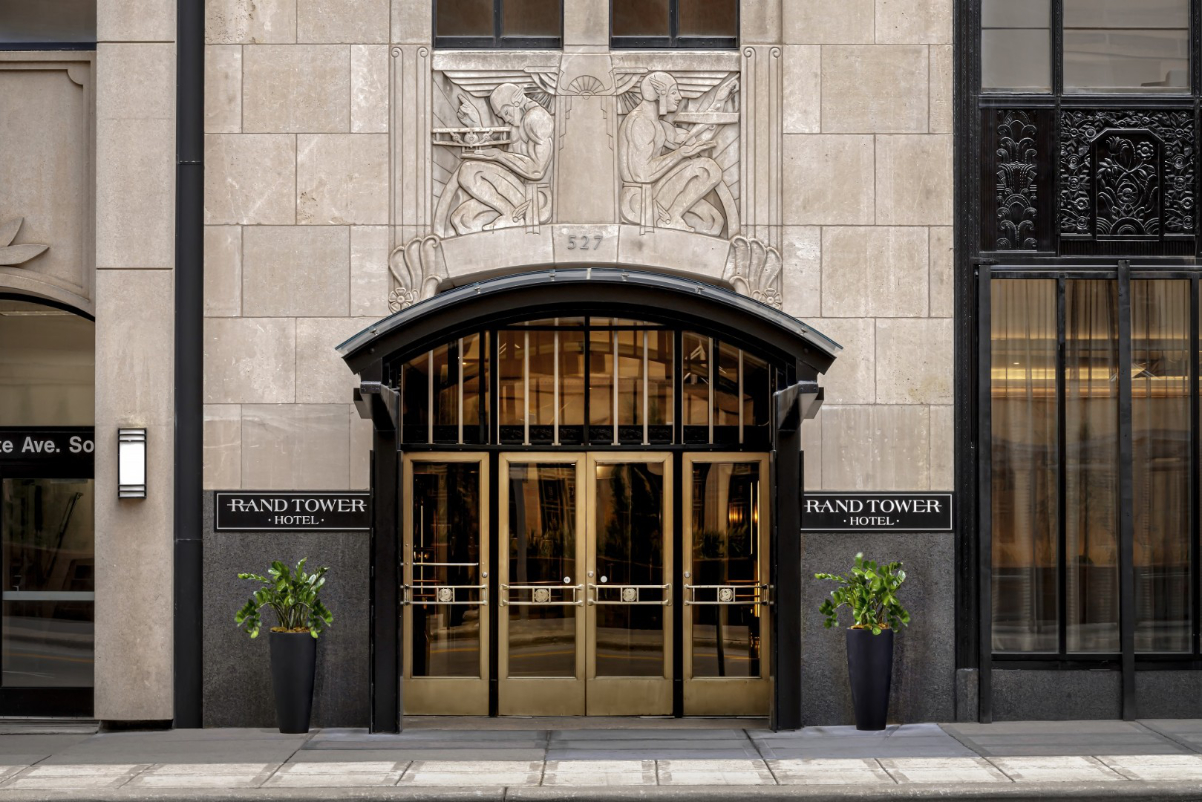






The U.S. hotel industry is facing significant challenges in 2024, with average occupancy rates hitting 63.9%, a decline from 66.9% in 2019. This trend suggests that the industry may have reached an occupancy ceiling, as highlighted by recent analyses. New York City reported the highest occupancy rate at 86.6% in November 2024, while Minneapolis and St. Louis lagged behind with rates of 50% and 52.4%, respectively. Since 2019, the industry has added 618 net hotels, indicating a continued expansion despite the occupancy challenges [abb2e582].
The decline in occupancy is partly attributed to changes in corporate travel behavior, with many business travelers opting for shorter trips due to the rise of hybrid work models. Current office utilization stands at an average of 2.78 days per week, reflecting a shift in workplace dynamics that is impacting travel patterns. Despite these challenges, executives from major hotel chains, including Hilton's CEO Chris Nassetta and Marriott's CEO Anthony Capuano, have expressed optimism about the recovery of corporate travel [abb2e582].
Financial pressures continue to mount for the hotel industry, as rising costs and the complexities of union contracts challenge profitability, even as room rates increase. STR and Tourism Economics had previously projected a modest growth of 1.4% in Revenue Per Available Room (RevPAR) for 2024, with an occupancy forecast of 62.9%. However, the latest data indicates that the industry may struggle to achieve these optimistic projections due to the ceiling effect on occupancy [a23fd6cb].
Looking ahead, the second half of 2024 is still anticipated to show some growth, with RevPAR expected to increase by 2% compared to a mere 0.5% in the first half. The overall economic environment, including GDP growth projected at 2.6% and inflation at 2.9%, will play a crucial role in shaping the industry's recovery trajectory [aeb7df29].
In a broader context, Asia Pacific's tourism recovery is also evolving, with Fitch projecting that visitation volume in the region will reach 92% of the 2019 level by 2024. This recovery is supported by economic resilience and pent-up demand, although risks such as slow restoration of air traffic and geopolitical tensions remain [8e84c028]. Meanwhile, S&P Global Ratings has forecasted a 5.1% growth in the APAC region (excluding China and Japan) in 2024, driven by an export recovery that is beginning to influence other sectors [bdbf28c2].
Overall, while the U.S. hotel industry grapples with occupancy ceilings and shifting travel patterns, the global tourism landscape continues to adapt, reflecting both challenges and opportunities for recovery in the coming years [bf8aa04c][19e79eb1].